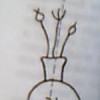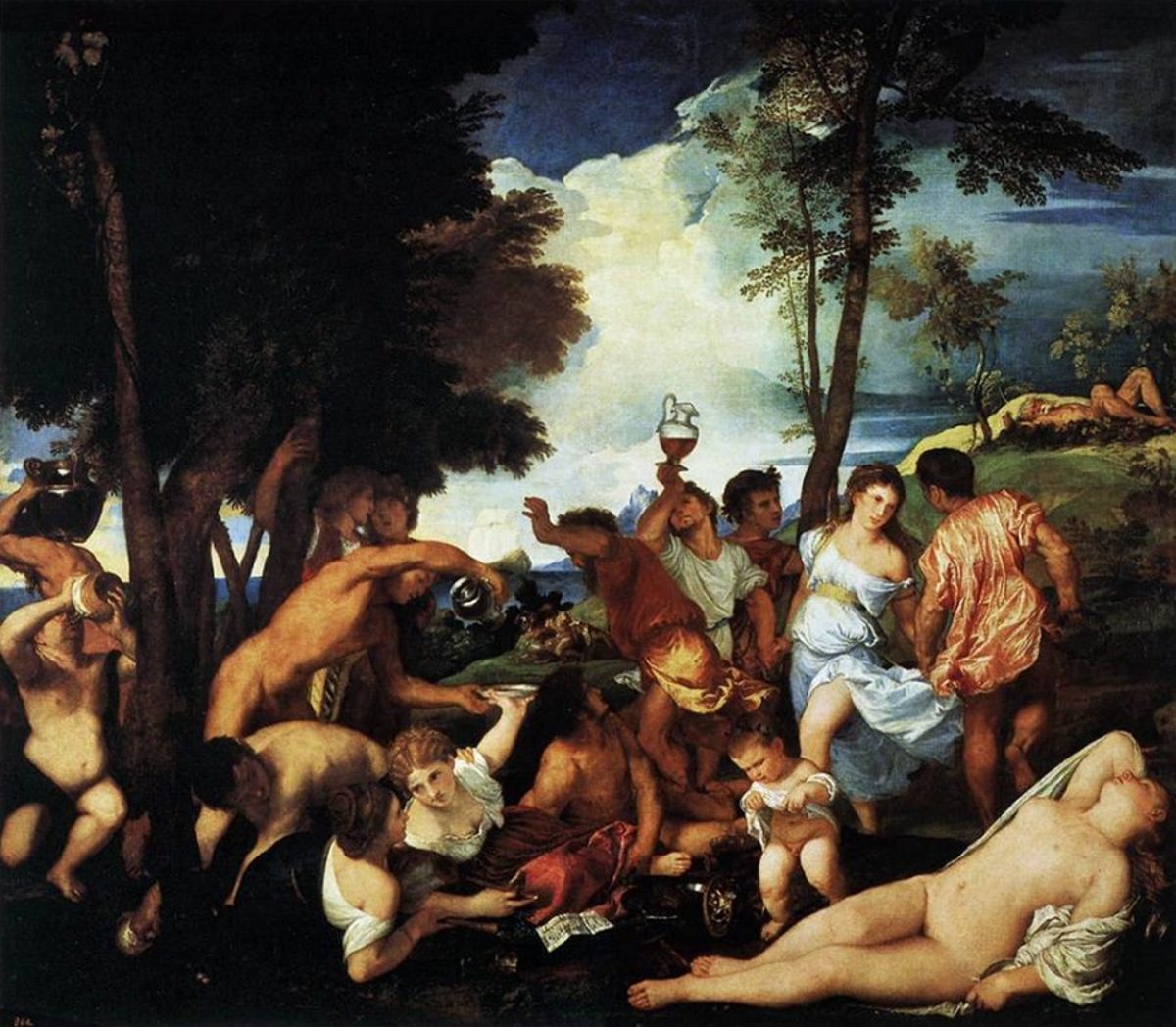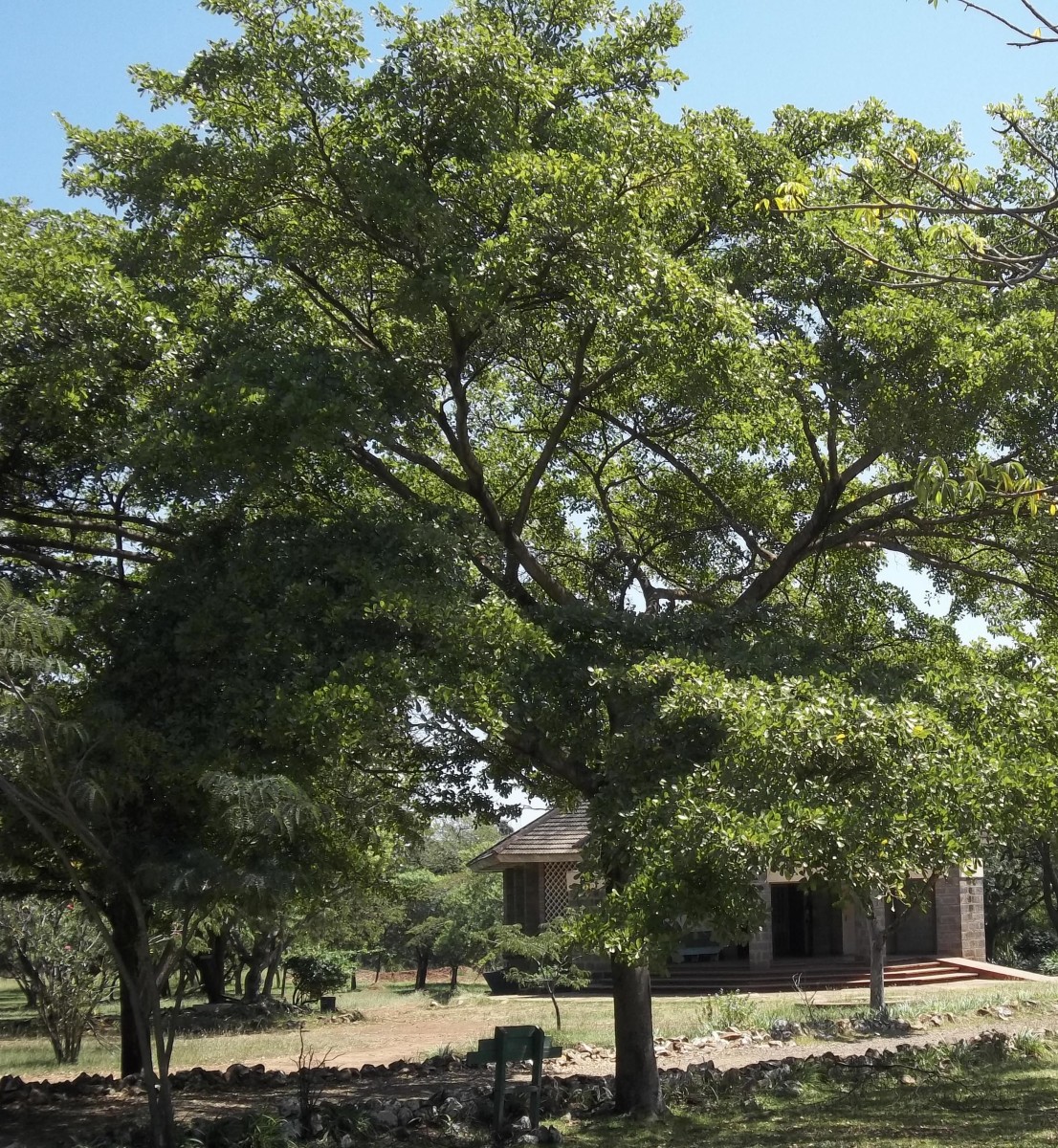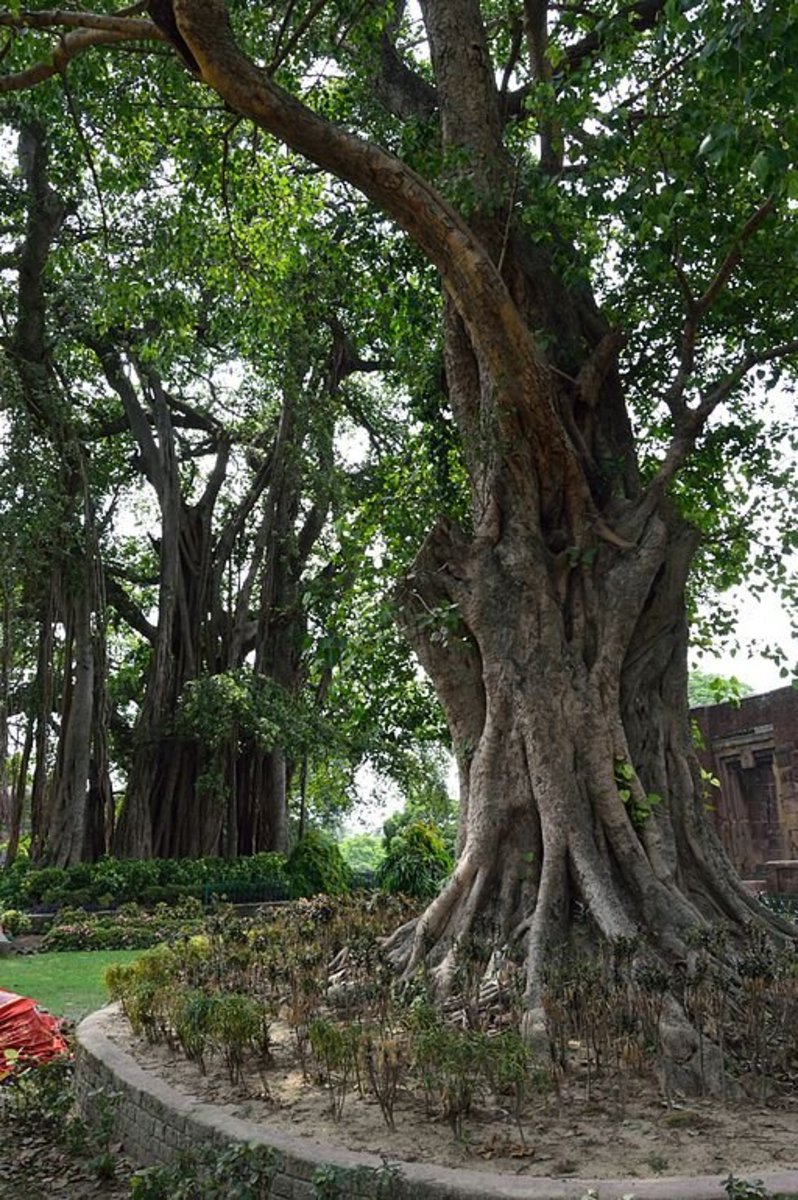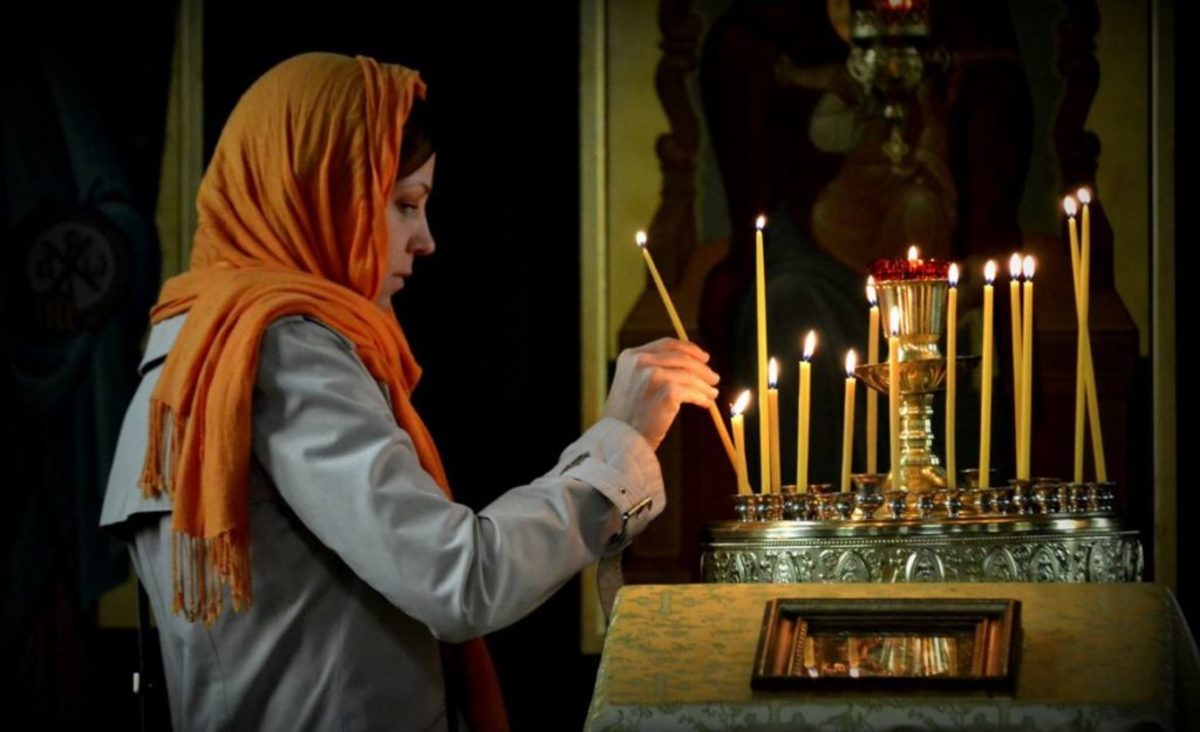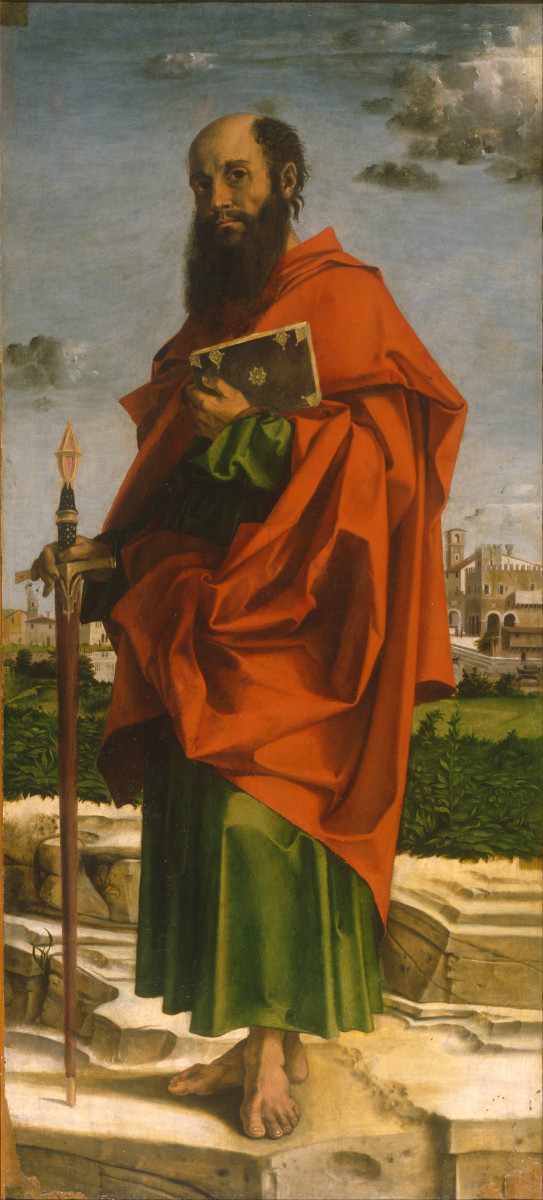Questions on the tree cult
Questions on the tree cult
(Among Tajiks, Sacred Karagach (Elm)
Chepivol is now well known historical place in Southern Tajikistan. It is near district center of Khovaling, where the Buddhist monastery of VII-VIII centuries was opened.
By the Obimazor river, (sacred water) two mazars (the Muslim worship places) are located with Karagachs. The places are enclosed with fences. There is a fox’s skin on one fence, which is possibly a recent sacrifice for the sacred place.
Nowadays the trees cult is growing fast and is evenly spread among Tajiks. The cult reflects stages of national development from archaic superstitions to complicated philosophic view. Willows and elms(Karagach) are among some of the sacred trees. Elms supposedly have a magic force, which can revive nature and improve the earth’s fertility. Hence, the tradition to set a willow branch in the vernal equinox as a symbol of Nawruz (New Year) and a rebirth, the beginning of a swing hung from willow branch are also known in Korea. Swings were attached to the trees in the sowing season. The ritual was promise a rich harvest since willows were considered female and connected productive forces.
Apparently, the elms on the mazar are seen as sacred symbols of the abode of spirits, deities and dead souls. In worshiping man established a magic contact with the world beyond and his ancestors. It is no mere chance, that the sacred trees are located both near mazars and near a Buddhist monastery.
What is known, as the “world tree” is a third millennial fichus (Banyan) and it is under this that Buddha sat enlightenment dawned upon him. For Buddhist the “world tree” has a multi-stage process of symbolization with diverse philosophic and figurative interpretations. Buddhist worship the sacred tree as a symbolic depiction of Buddha’s prophecy and knowledge. In architecture, the “world tree” motif is used in the stupa construction.
In her article “History of Calendar Rituals among Cultivators of Central Asia”, N.Lobacheva writes:” Lakes of dead ancestors – is a necessary element of agrarian cults, especially of the spring ceremony of various people, the Central Asian people, so join them naturally”. And then:” the Muslim epoch influenced all holidays of that line. Their social ritual was connected to the mazar of local saint whose Muslim guise hides sometimes clear features of the personage with more ancient religious beliefs”
Describing and studying the flower holidays of the Tajik valley, O.Sukhareva, refers to the field notes of the famous ethnographers such as E.Peshereva, N.Lobacheva, Y.Knorozov, who believe that these holidays continued several days, and as E.Peshereva writes:”On the second festival day participants went on a pilgrimage to mazar and women and men came to different holy places” From the mazar women went to bath in the river. In Iran, this ritual was accompanied with a song-invocation, which took place in flowing water to attract a husband’s favor and to increase posterity.
G.Snesarev believes that among the Uzbeks festive walking took place near a cemetery of mazar during the red flower holiday. A pilgrimage to a mazar was a welcome to God.
Holy places as a flower holidays are not only connected to the Buddhist cult. During the periods of social-religious changes and new cultural orientations, ancient traditions in old holy places adapted themselves to new requirements. Flower holidays symbolized a rebirth. A spring pilgrimage to mazars is connected to ancestor’s wakes.
According to the opinion of the known ethnographer Ionova Y.,”Man interacts with nature and has to accomplish ceremonies and rituals to achieve harmony with nature” In her articles “Symbols in the season: rituals of the Korean country communities (end of 19th and early 20th)” and analysis of the origin of certain cults in Korea including one of tree worship in the ritual season (Spring) gives us an opportunity to conclude on the popularity and the similar traditions that exist among various people. On these grounds, she treats ceremonies and rituals as sign systems providing contact between groups of people and individual social needs. This idea of there being principally unity in human thinking in a base for scientific cognition of semantic aspects in the human social-ritual behavior.
Notes:
Drevnii obryadi varovaniya I kulti narodov Srednei Azii, Moskva, 1986, pp.25.29.32
Ethnographichekoe izuchenie znakovich sredstv kulturi, Leningrad, 1989, pp.193, 189
Pisarchik A, O perejitkah kultov u tadjikov :proshloe I nastoyashee Srednei Azii, Dushanbe, 1987, n.216, 220
